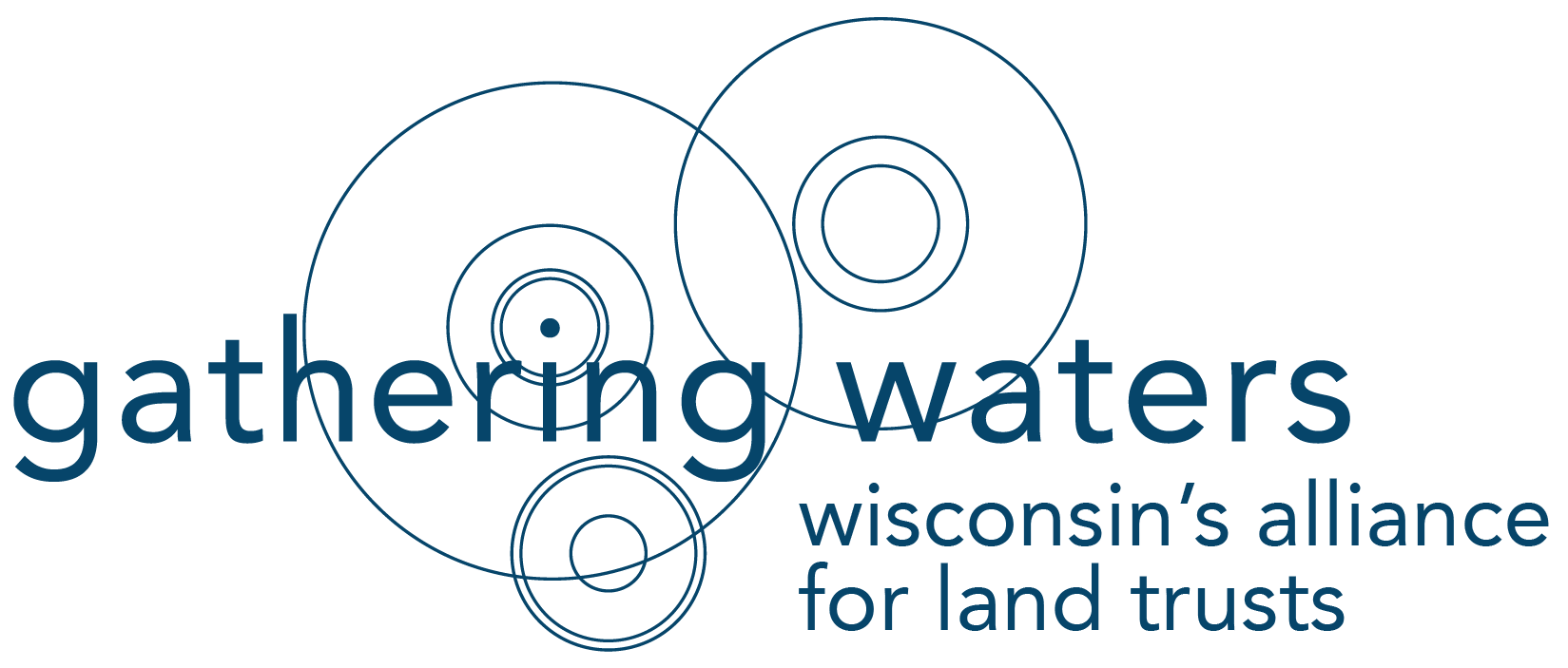The following is excerpted from an op-ed piece featured in the Milwaukee Journal Sentinel by Gathering Waters board member Tia Nelson. We at GWC endorse Tia’s message below and the Conservation Easement Incentive Act. Please join us and on this Earth Day, let’s give the Earth a tax break.
Here’s a new way to celebrate Earth Day: Urge your representatives in Congress to help pass the Conservation Easement Incentive Act.
This bill would restore a tax break to modest-income landowners who want to protect the valuable natural resource that is their property. It expired on Dec. 31, so landowners have less of an incentive today to donate a conservation easement – a voluntary agreement that limits uses of the land in order to protect its conservation values – to a land trust in their community.servation Easement Incentive Act.
But an amazing thing has happened in this year of partisan wrangling: 300 members of Congress have come together to support the restoration of this tax break, with majorities of both parties – 125 Republicans and 175 Democrats representing 47 states – supporting it in the House. Supporters include the chairman, ranking Democrat and 32 of 37 Ways and Means Committee members.
 The Conservation Easement Incentive Act is a truly bipartisan bill. At a time when Democrats and Republicans seem miles apart on most environmental and tax issues, here is one place they have come together.
The Conservation Easement Incentive Act is a truly bipartisan bill. At a time when Democrats and Republicans seem miles apart on most environmental and tax issues, here is one place they have come together.
By giving landowners a decent incentive to place a conservation easement on their property, Congress would help preserve our vanishing forests and farmland and make available millions of acres for wildlife – and our kids and grandkids – to enjoy. Such a tax break is a proven success.
Since enacted in 2006, it has allowed landowners to deduct the fair market value of their donated easement up to 50% of their income. And forestland owners, ranchers and farmers have been able to deduct the full 100%. This boosted the amount of land preserved by easements by more than a third, to more than 1 million acres a year – about the size of Yosemite and Grand Teton National Parks combined – each year.
Privately owned and managed forestland, farms and ranches are essential to America’s great landscapes and the people, economies and wildlife that depend on them. And foresters, ranchers and farmers are taking the lead in permanently protecting the country’s best working lands. These landscapes not only provide incredible scenery, water quality and wildlife habitat but also produce wood, fiber and the safest, most reliable source of food in the world.
In Wisconsin, Mark and Pam Dryer protected 270 acres of sustainably managed forestland surrounding two miles of Marengo River shoreline with the Bayfield Regional Conservancy, protecting a high-quality water resource and habitat to rare and endangered species of wildlife. Riverbank erosion along the Marengo River is one of the biggest contributors to sedimentation, so protecting it from development also protects Lake Superior, which lies downstream.
Let’s give landowners the incentive to conserve their land, protect the fish and wildlife and the communities that depend on it and pass on this heritage to our children and their children.


